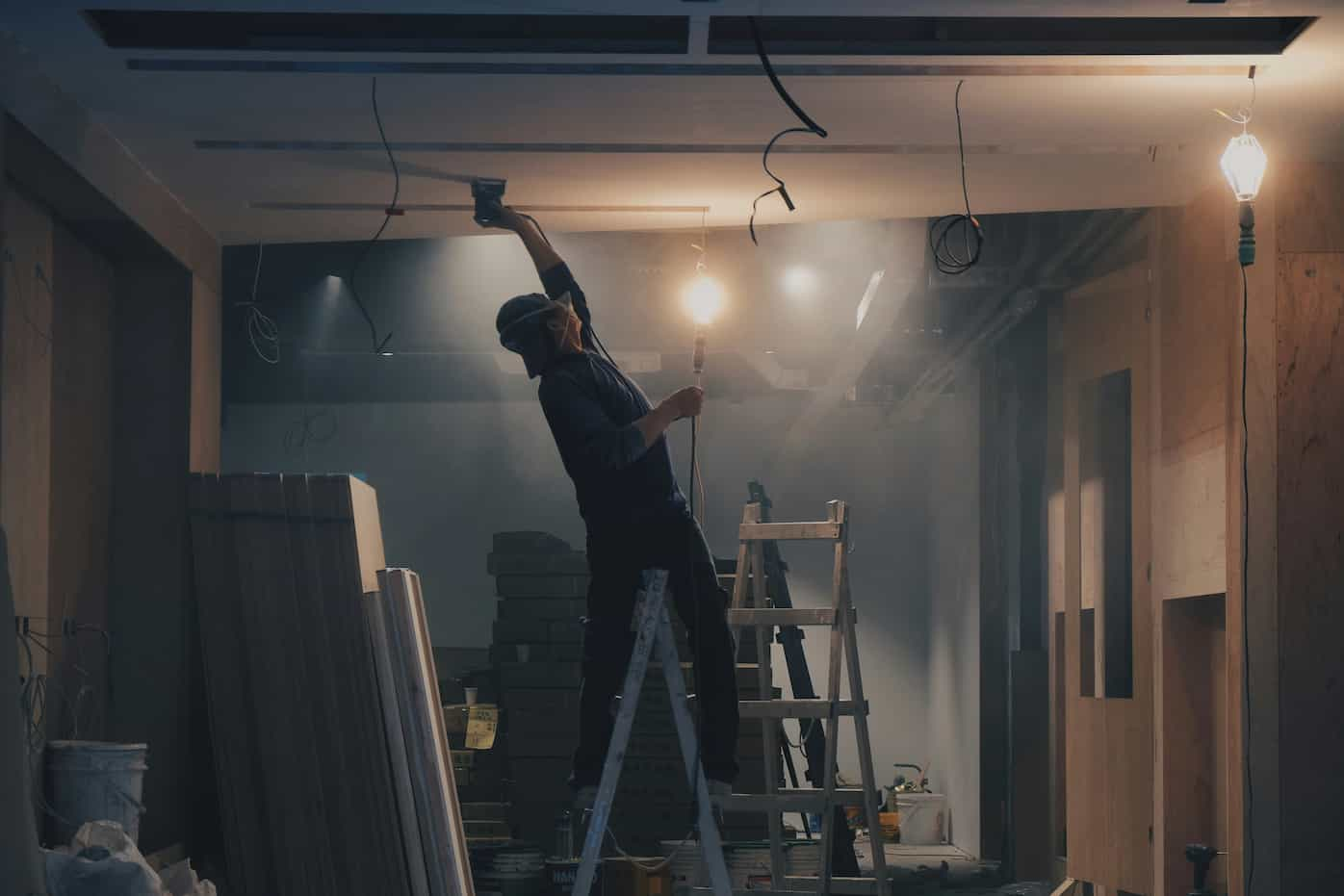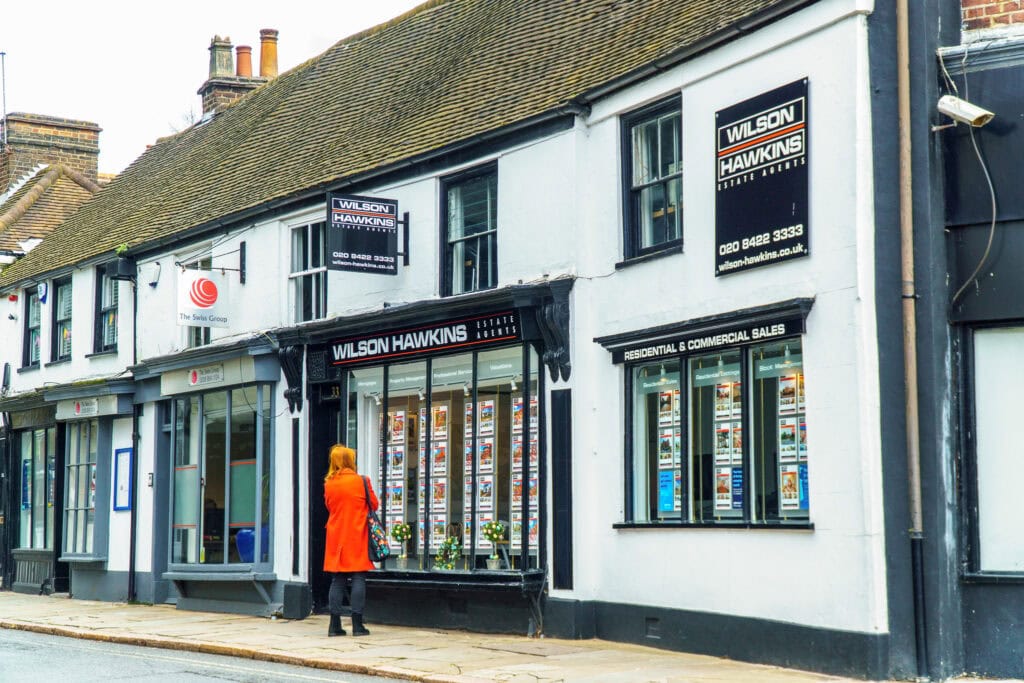Over the last few years, the role of the Property manager/management has become increasingly complex. This is due to the fact that managers now have to navigate through a landscape of evolving regulations, legal reforms, and operational requirements.
The key areas of focus include:
- compliance with GDPR,
- strict adherence to Fire Safety rules following the tragedy of Grenfell Tower,
- keeping up with current legislation, and
- the efficient registration of new tenants.
GDPR Compliance around Block management
The General Data Protection Regulation coming into place in 2018 has become one of the most influential factors in property management. The GDPR regulates how personal data is collected, stored, and processed, which now requires property managers or management companies to have to adopt even more strict measures to protect client/tenant information. GDPR areas of concern include:
- Security of information: the property management companies will collect and store large volumes of personal data such as names, addresses, financial information, and at times sensitive personal data. Securing this against breaches is an important challenge; hence, robust cybersecurity measures must be in place.
- Consent and transparency: to have clear consent from the tenants about their data processing, usage, and sharing requires meticulous processes and clearly documented information.
- Right to erasure and access: tenants should have the right to request their personal data or have these data erased. Property managing companies are supposed to maintain mechanisms that will enable them to respond to such requests as quickly and compliantly as possible.
- Third-party vendors: most of the property managers use a third-party platform for collecting rent, scheduling the maintenance, and communicating. Also, one needs to be certain that these vendors also comply with GDPR Building Maintenance and Compliance
Fire Safety
It is very important and an aspect of building maintenance that ensures occupants’ safety, health, and well-being besides meeting regulatory standards. Many aspects must be addressed, including fire safety, prevention against waterborne diseases, such as Legionella, and damp and mould management, if one is a property manager. Each area has presented special challenges to the management of property and proactive ways in which the management can ensure compliance and mitigation.
Fire safety forms a cornerstone of building maintenance, especially in residential and commercial property, since the threats associated with fire pose important risks to life and properties. Ensuring that regulations for fire safety are met not only serves legal but also moral imperatives by the managers of these properties. Fire safety areas of concern are:
- Regulatory Compliance: There is an obligation under the Regulatory Reform (Fire Safety) Order 2005 for managers of buildings to undertake fire risk assessments, and this would be complemented by taking specific steps to ensure safety. Recent changes under the Fire Safety Act 2021 and Building Safety Act 2022 added much to the complexity.
- Fire safety equipment maintenance: fire alarms, extinguishers, emergency lighting, and sprinkler systems need periodic testing and servicing to be sure they will work when needed.
- Evacuation plans: developing, updating, and communicating clear evacuation plans for all occupants, including those with mobility challenges, is very important.
- Flammable cladding: post-Grenfell regulations required the removal or remediation of dangerous cladding materials, which has proved to be a time-consuming process.
Best practices of fire safety
- Regular Fire Risk Assessments: Conduct assessments with qualified professionals to identify hazards and implement necessary measures.
- Routine Maintenance: Schedule regular testing of alarms, extinguishers, and safety systems, keeping detailed records for compliance.
- Training and Communication: Train staff and educate occupants about fire safety procedures, including evacuation routes and safe practices.
- Upgrading Building Materials: Replace non-compliant cladding and ensure fire-resistant materials are used in renovations.
Legionella
Legionella bacteria causes Legionnaires’ disease, and it is a serious hazard in buildings with water systems. Key areas of concern are:
- Water system risk: shower, cooling tower, hot tub, and other water systems can be infected with Legionella bacteria if not well-maintained.
- Temperature control: the ideal temperature for Legionella bacteria is between 20°C and 45°C, making temperature control crucial but sometimes problematic.
- Stagnation risks: In opportunistic cases, infrequent water use may lead to stagnation, which poses an increased risk of bacterial growth.
- Legislation: The Health and Safety at Work Act 1974 and the COSHH Regulations require one to be very proactive in relation to Legionella risk management.
Best Practices to prevent legionella
- Risk assessments: carry out regular legionella risk assessments, focusing on those systems that pose the highest risk.
- Temperature monitoring: maintaining hot water at a minimum of 60°C and cold water below 20°C to deter bacterial growth.
- Flushing systems: regularly flush unused water outlets to prevent stagnation.
- Water treatment: using biocides or other water treatment methods to kill bacteria in systems.
- Record keeping: maintaining detailed records of inspections, treatments, and water temperatures to demonstrate compliance.
Damp & Mould
Damp and mould are also problems that can persist and attack the structural integrity of buildings, as well as the health of the occupants. If left unattended, damp and mould can lead to substantial property damage and serious legal liabilities for property managers:
- Causes of damp: damp can arise from leaks, poor ventilation, rising damp from the ground, or condensation, often exacerbated by tenant behaviours.
- Health risks: damp-induced mould can release spores that exacerbate respiratory conditions such as asthma and allergic reactions.
- Regulatory obligations: property managers are required to ensure dwellings meet the standards of the Homes (Fitness for Human Habitation) Act 2018, which is inclusive of damp and mould.
- Remediation costs: identifying and then dealing with the root cause of the damp may be expensive to provide a resolution, particularly in older buildings.
Best practices to prevent damp & mould
- Identify and repair Leaks: regular inspections help in the early detection of leaks in roofs, walls, or plumbing before they cause damp problems.
- Improve ventilation: installation or maintenance of ventilation systems, such as extractor fans or dehumidifiers, would help in reducing condensation in kitchens and bathrooms.
- Insulate homes properly: one should ensure that walls, roofs, and floors are adequately insulated to prevent cold spots, which may encourage condensation.
- Educate occupants: one could consider the provision of guidance to tenants on reducing condensation, such as drying clothes outdoors and using extractor fans.
- Professional remediation: for severe cases, engage professionals to treat mould and repair affected areas, ensuring long-term solutions are implemented.
Fire safety, Legionella risks, and damp and mould all need a combined approach to building maintenance. Property managers should apply proactive measures through the leeway provided by technology and professional expertise to ensure that they remain compliant and minimise risks. Some Key Strategies include:
- Regular Inspections and Audits: We should plan regular checks, which will help in timely identification of potential issues before they become major.
- Monitoring Compliance: Digital tools enable us to track and perform fire safety, health regulation, and maintenance checks efficiently.
- Staff Training: Training of maintenance teams and staff is done on the best practices and regulatory requirements.
- Clearly Communicate: Tenants are kept informed with open lines of communication regarding safety measures, prompt addressing of their concerns, and so on.
- Budget Allocation: Allocate necessary funds for maintenance activities and regulatory upgrades to avoid costly emergencies.
Building maintenance is a crucial task for property managers, where careful planning and implementation are highly required to meet compliance and ensure safety for the occupants. Fire safety, Legionella prevention, and damp and mould control are all interlinked challenges that need to be met with a holistic and proactive approach. By following the regulations, taking precautionary measures, and using the latest tools, property managers can reduce risks, increase the life of buildings, and offer a safe and healthy environment to all the occupants.


